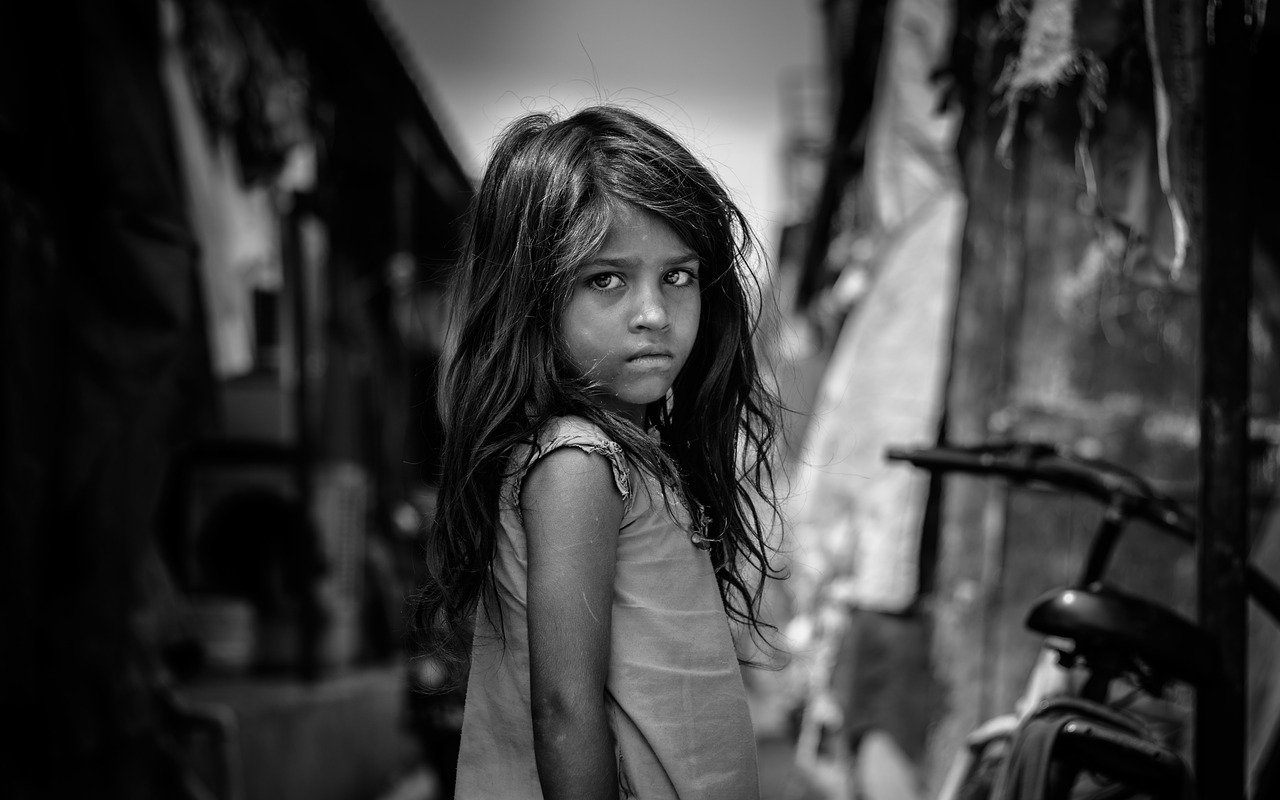Nearly every child in America can tell you the story of Cinderella. Some of them have watched the Disney version of the movie so often they can recite the dialogue. By the time they are old enough for the story of Cinderella to be of real emotional help to them, they have heard it so often the are deaf to it. Middle school girls think it is a “baby story.” It would be of great value to them to hear the old version in which the stepsisters cut off their toes and heels to try to make the shoes fit, since metaphorically they are asked to do that in the name of fashion everyday.
~ Loren Niemi and Elizabeth Ellis, Inviting the Wolf In: Thinking About Difficult Stories


When I was 7 years old, I devoured the science section of the library. I traveled the world through books learning about exotic animals that I had never seen — camels, elephants, pythons, … I learned about the many stomachs of the cow exploring the inner world of anatomy. I traveled the universe learning about the planets and the stars in astronomy. I learned to see the “real world” of science.

I loved books! … Well, not all books, I left the baby picture books and the fiction section to my little brother who was only a couple years younger. I was too “grown up” for those. Strangely, now decades later, I’m in love with folk tales and “children” stories. I’ve rediscovered the power of metaphor to help me deal with the complexity of life.
There are people who want …. to strip the traditional stories of violence… [But the stories] become too anemic to perform the function for which they were intended: to clarify the real moral issues and choices we face. Children can easily think in metaphor. They understand that the “wicked stepmother” is not their father’s second wife … [but] their own mother when she is being her witch-self. Children know what that is like, some more than others.
~ Loren Niemi and Elizabeth Ellis, Inviting the Wolf In: Thinking About Difficult Stories
When I tell my version of Cinderella from the point of view of the fairy godmother. It is full of humorous twists, but underneath I know it’s a serious story. I am all the characters in the story. I have been Cinderella trying to be good and waiting for love. I have been the ugly stepsister in my life — full of the ugliness of jealousy. I have even been the fairy godmother granting wishes to make the lives of others better. In rediscovering metaphor, I have learned to understand the complexity of who I am … more than just Prince Charming — a character just as flat and helpless as Cinderella.
In exploring my own emotional depth, I have discovered the power of the folk tale. I am sometimes shocked by the depth of emotion that folk tales can evoke when they parallel my own life. They give me a container to pour the emotion into and discover its shape.
A story is therapy when it is told only for the sake of the teller. A story is art when it is crafted to move beyond personal meaning and into something universal for the listener and for the world. The move from therapy to art in our personal stories can be difficult. Loren Niemi and Elizabeth Ellis have written a whole book about it.

However, sometimes I am not ready to face the crafting of the difficult personal story, and I look to the folk tales. Here, I discover the wisdom of “folk” that have kept stories alive from person to person. In my own exploration, I have discovered the richness of folk tales, myths, and legends. The metaphors pull at me until I can make sense of them in my life, and something in me drives me to tell them again and again until the energy has worked its way out… until I can make sense of their hold on me.
The folk tale is one way to tell the difficult story.
